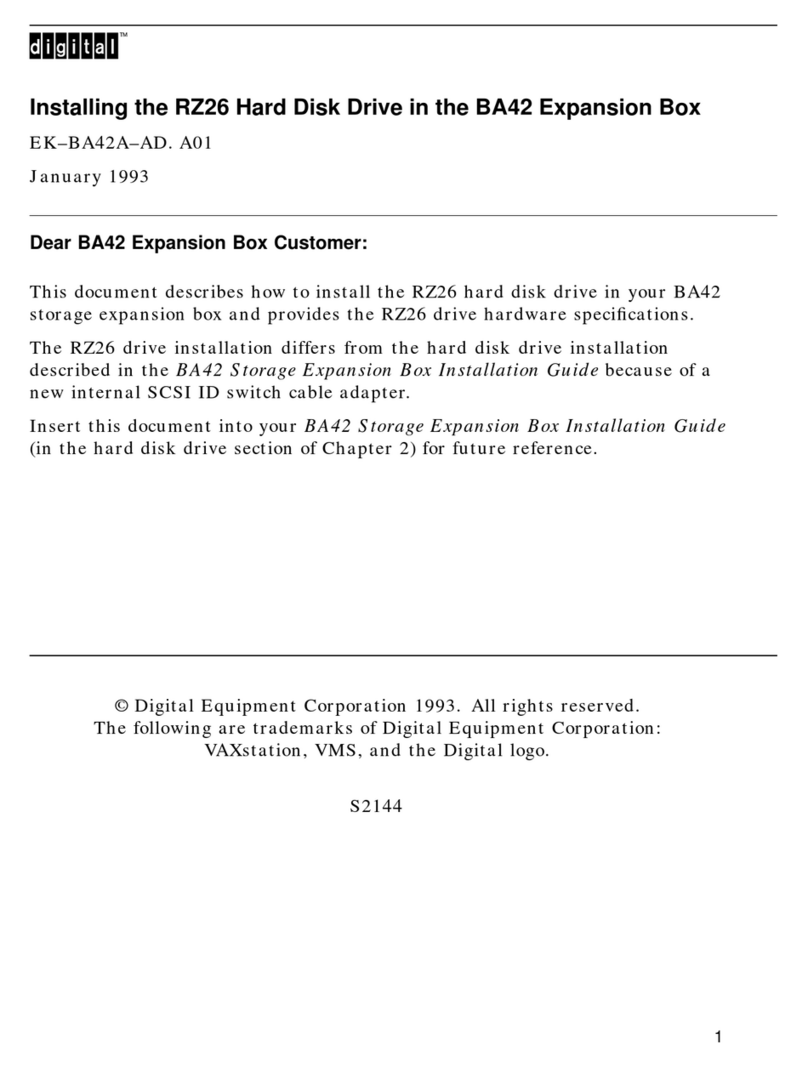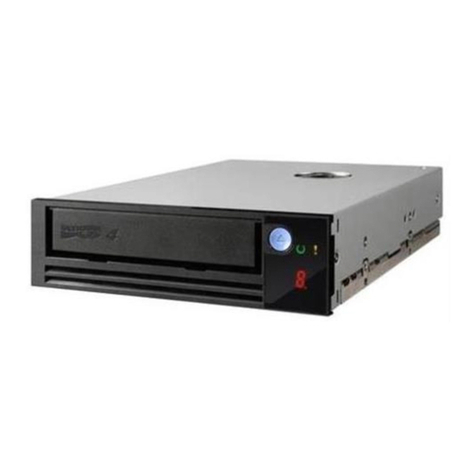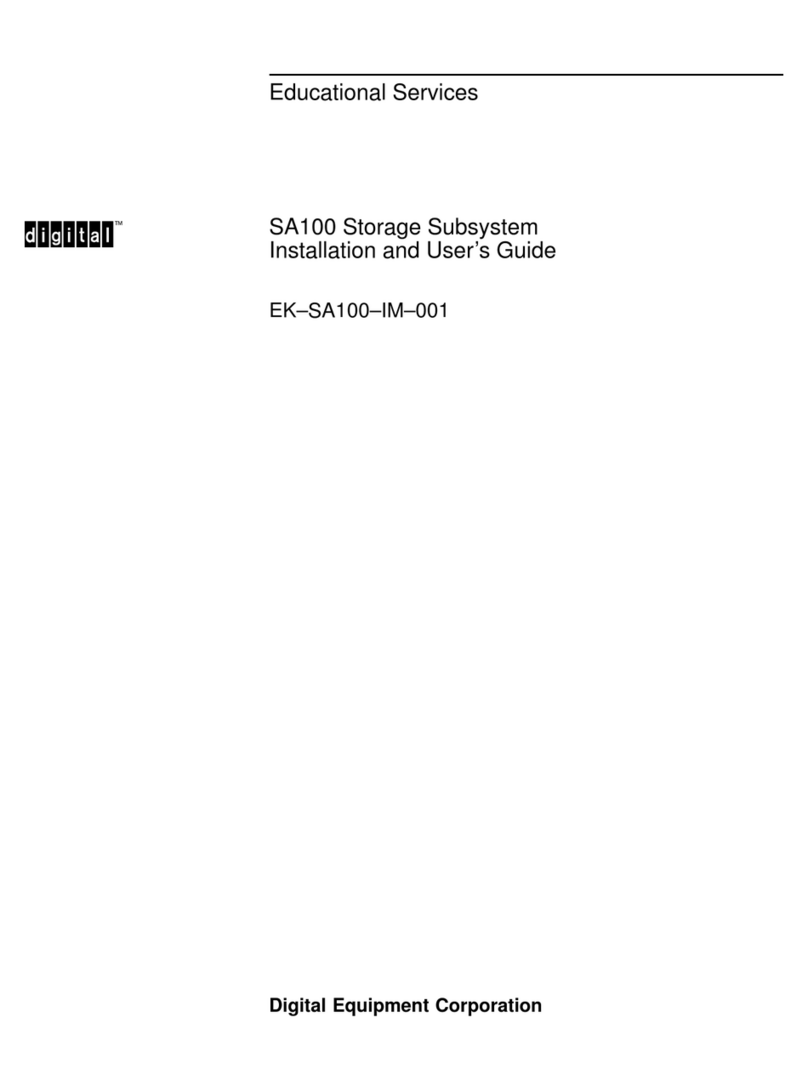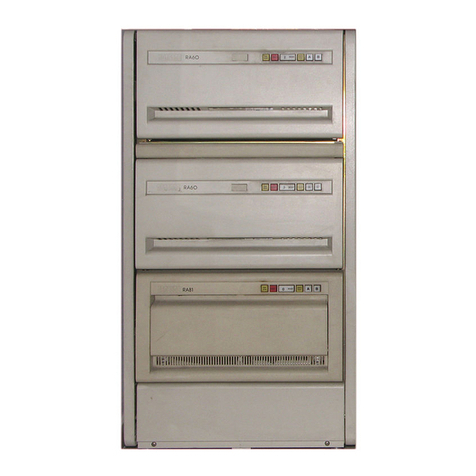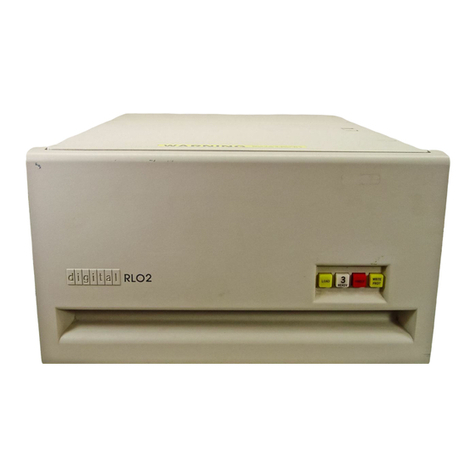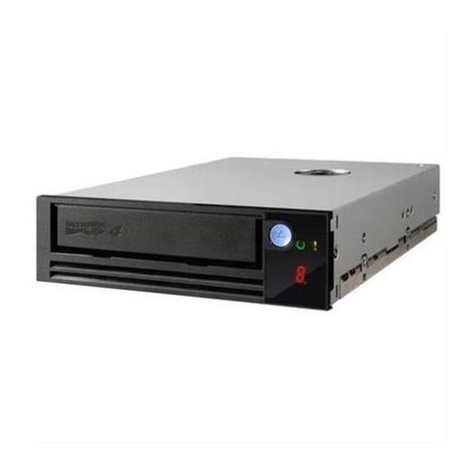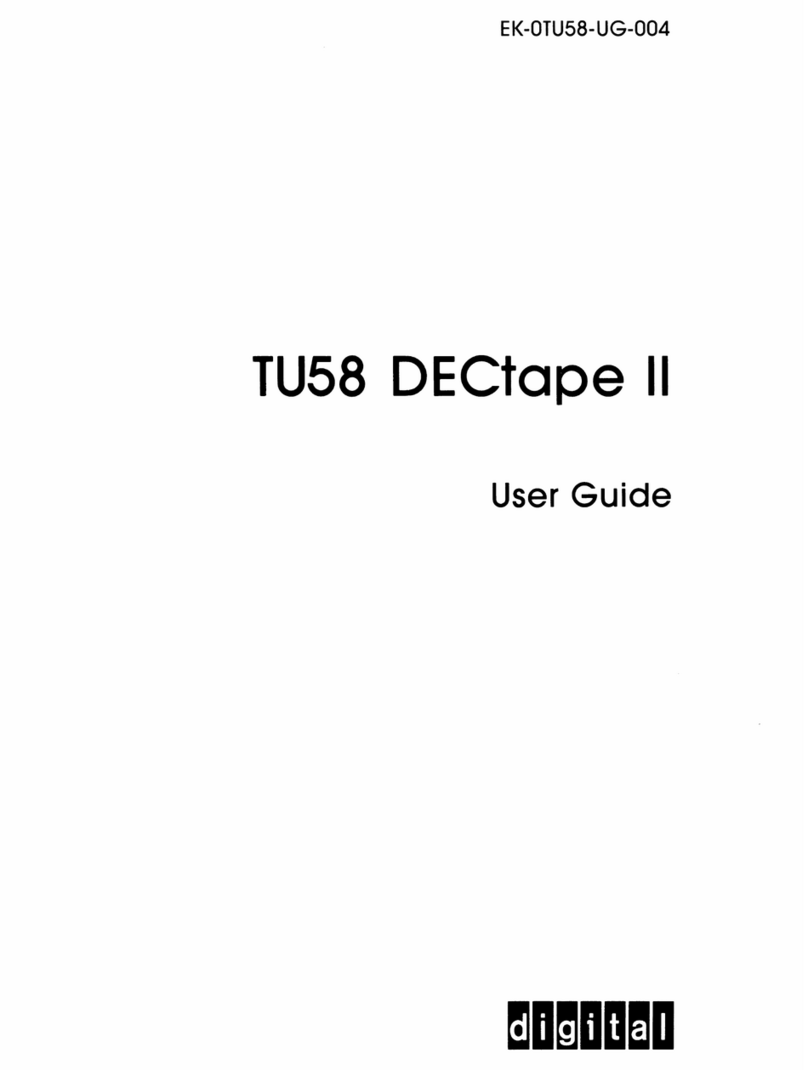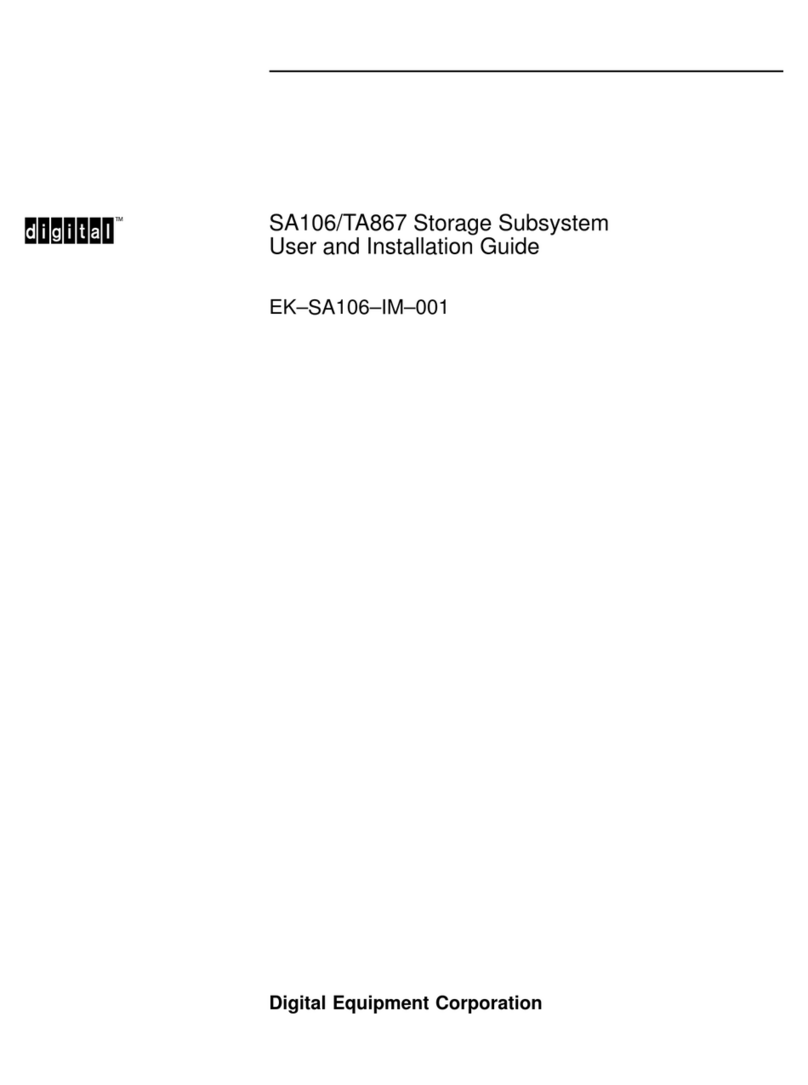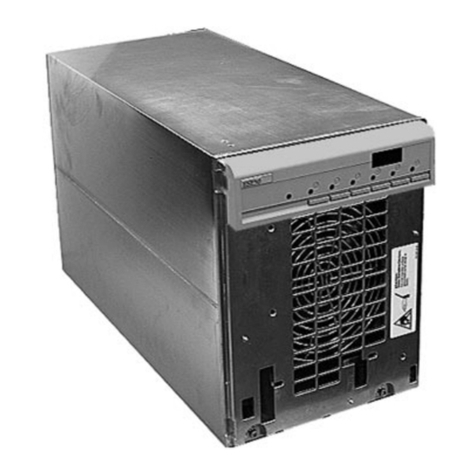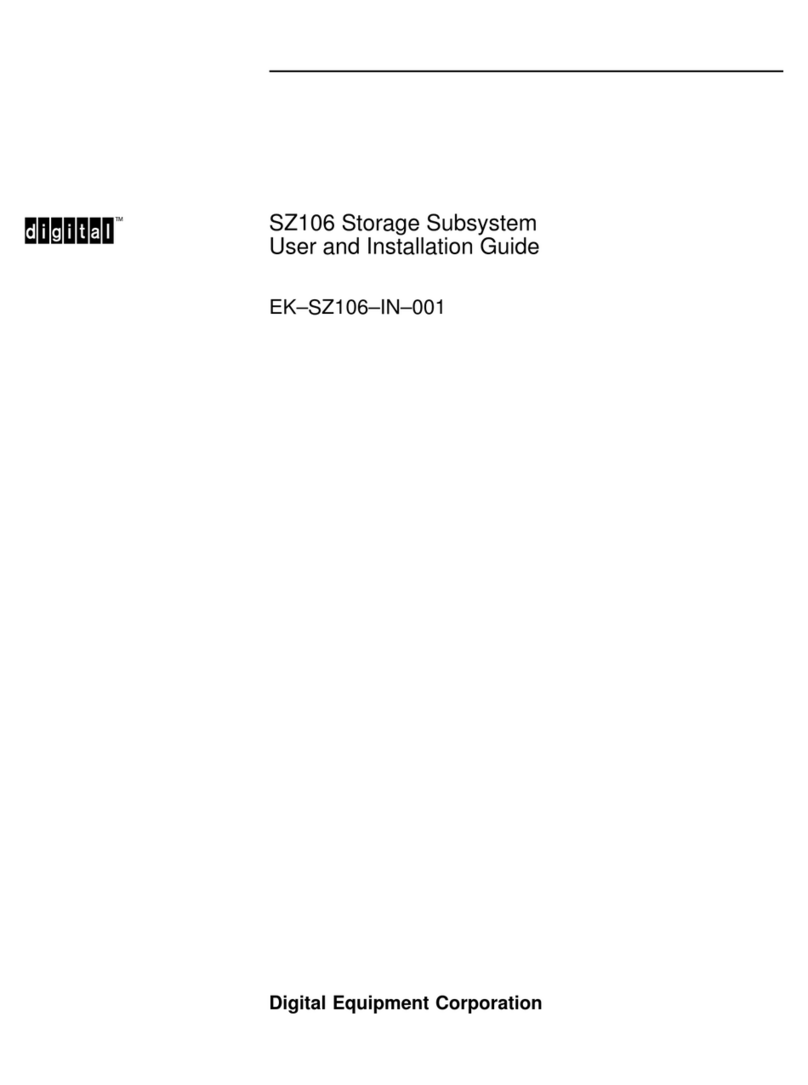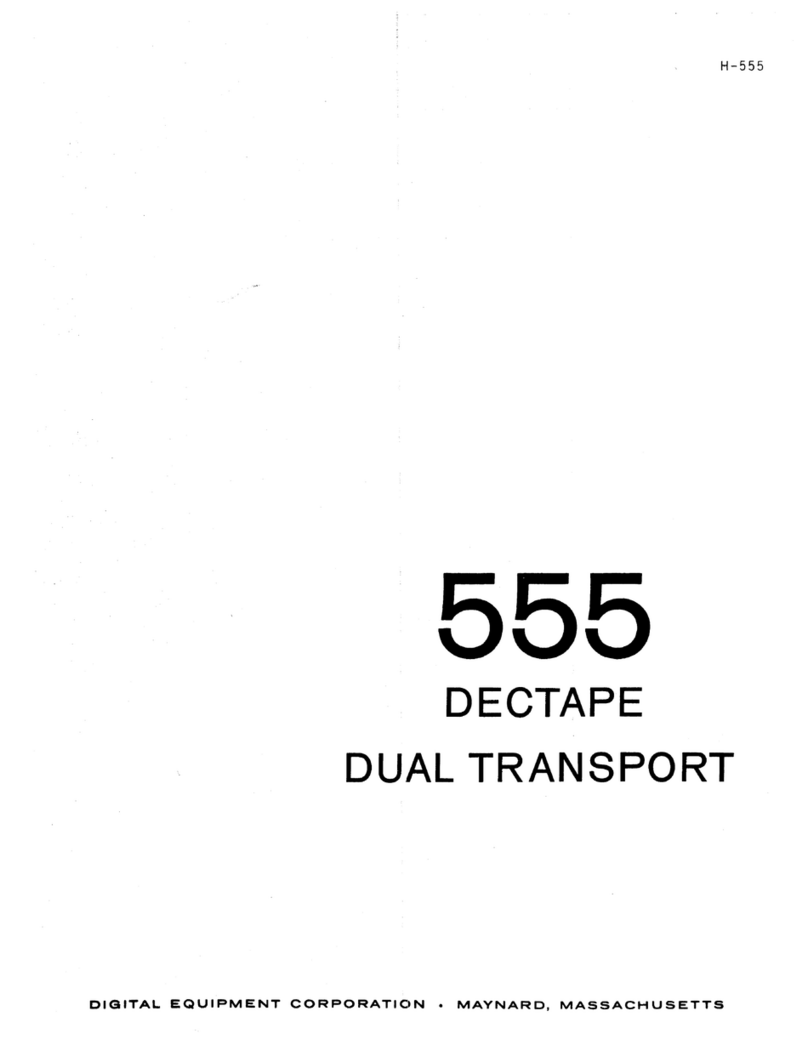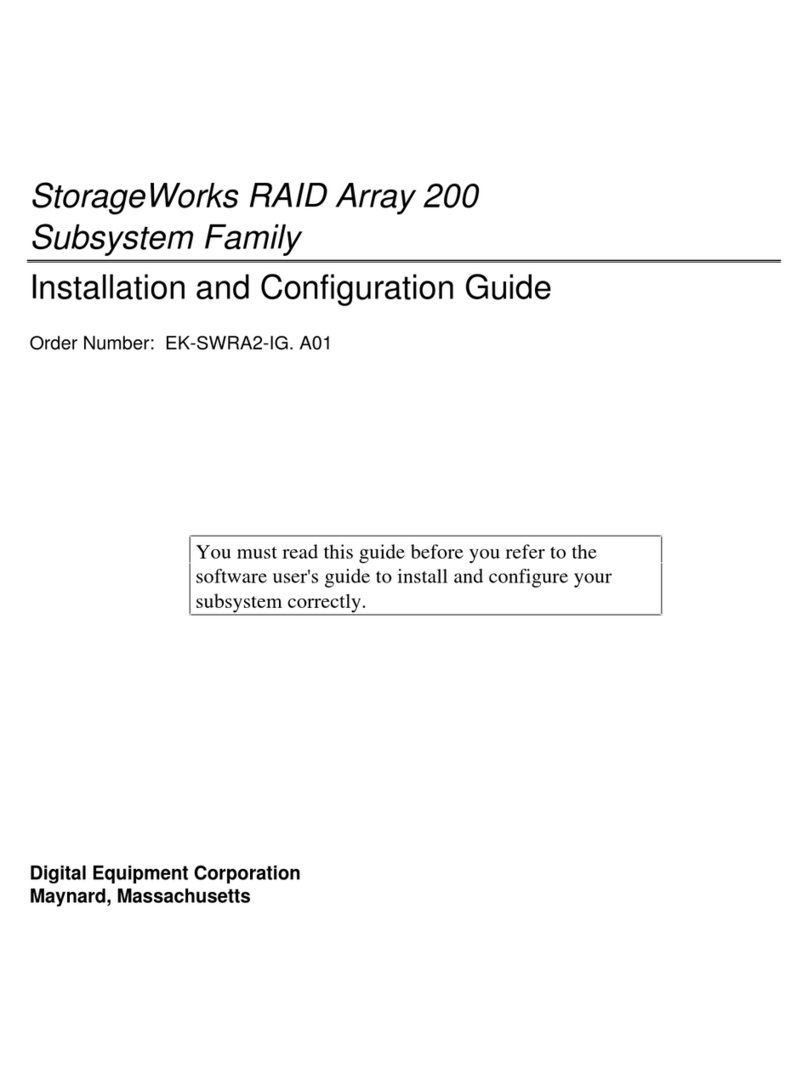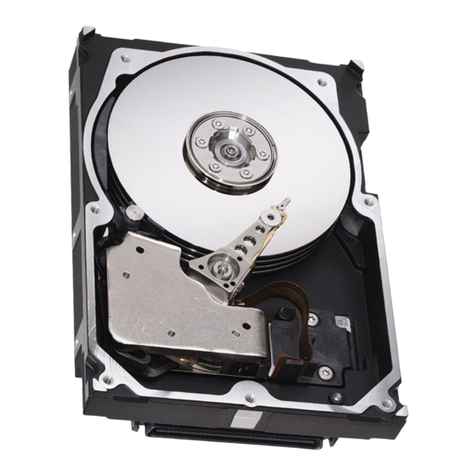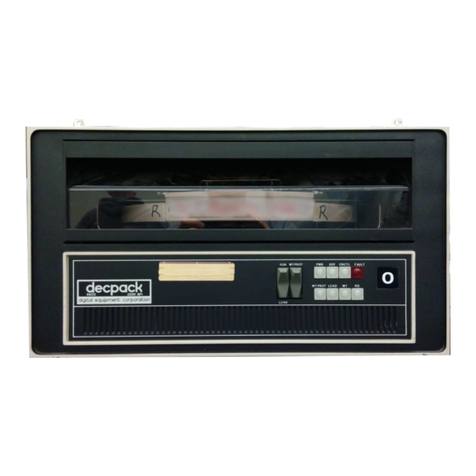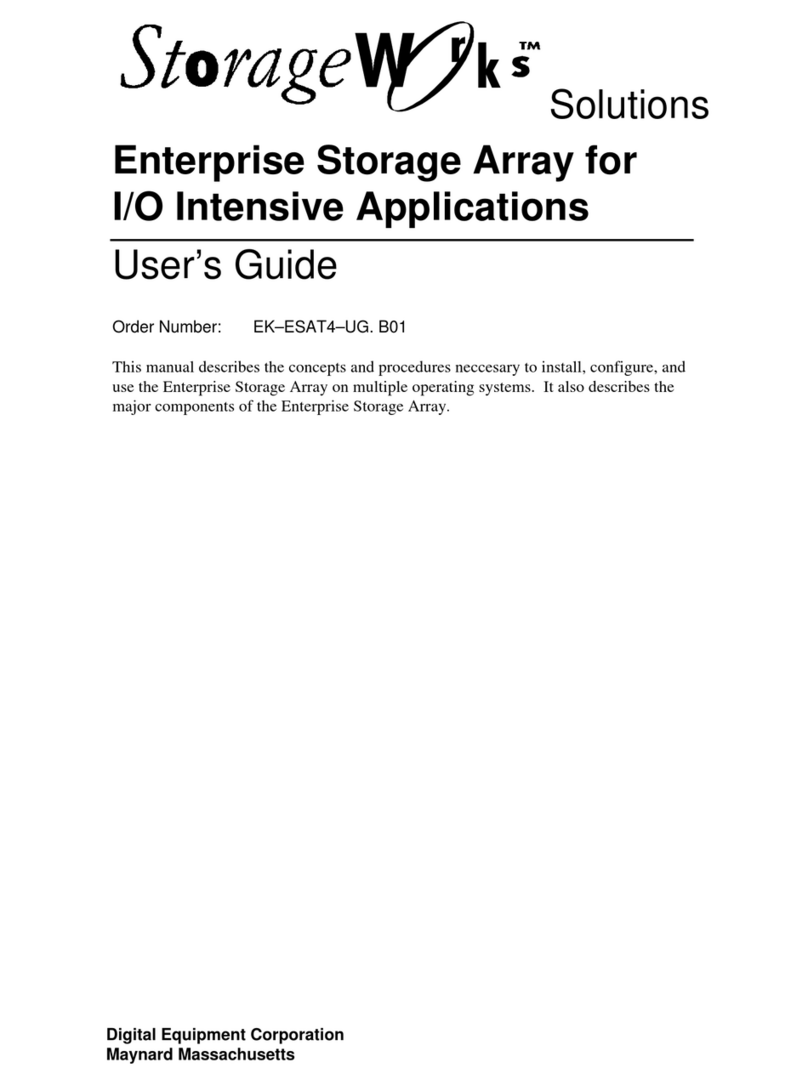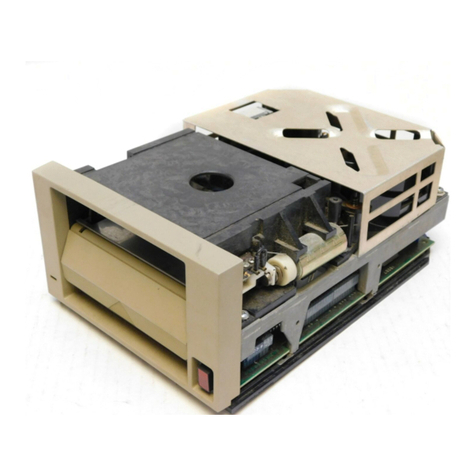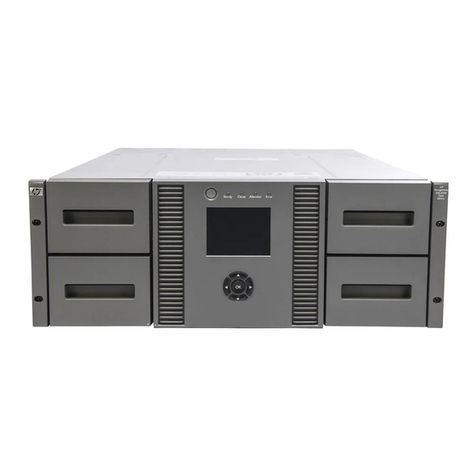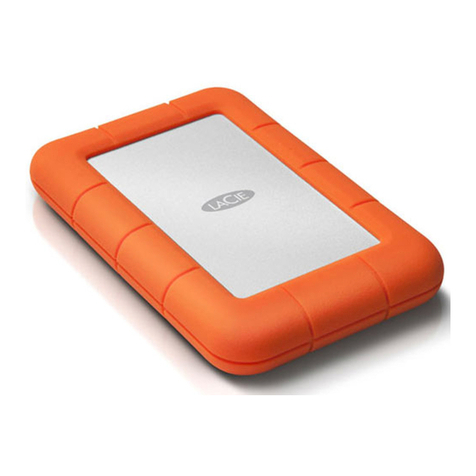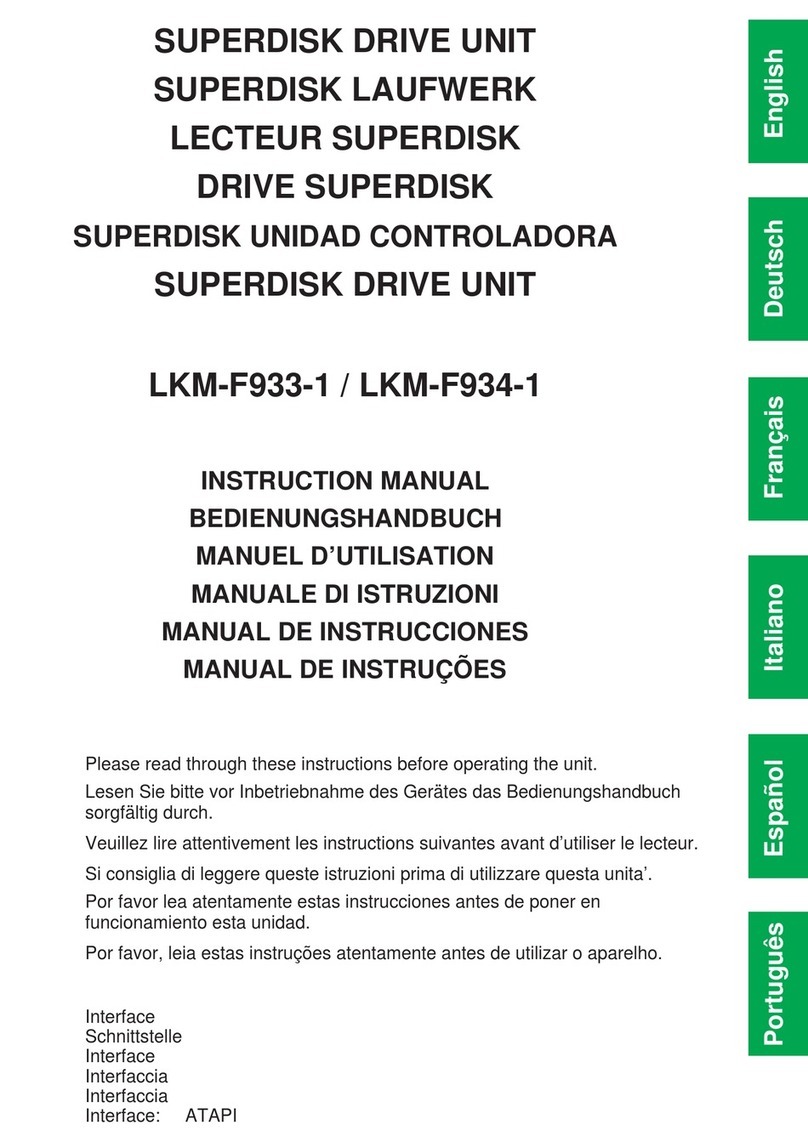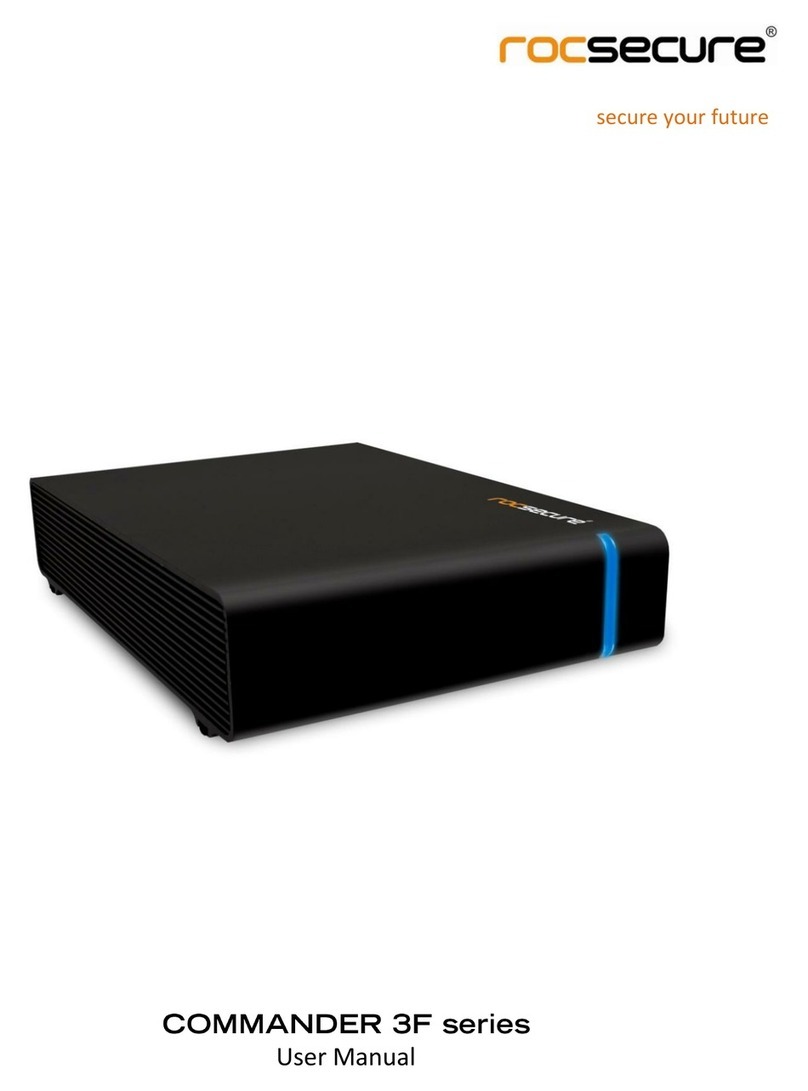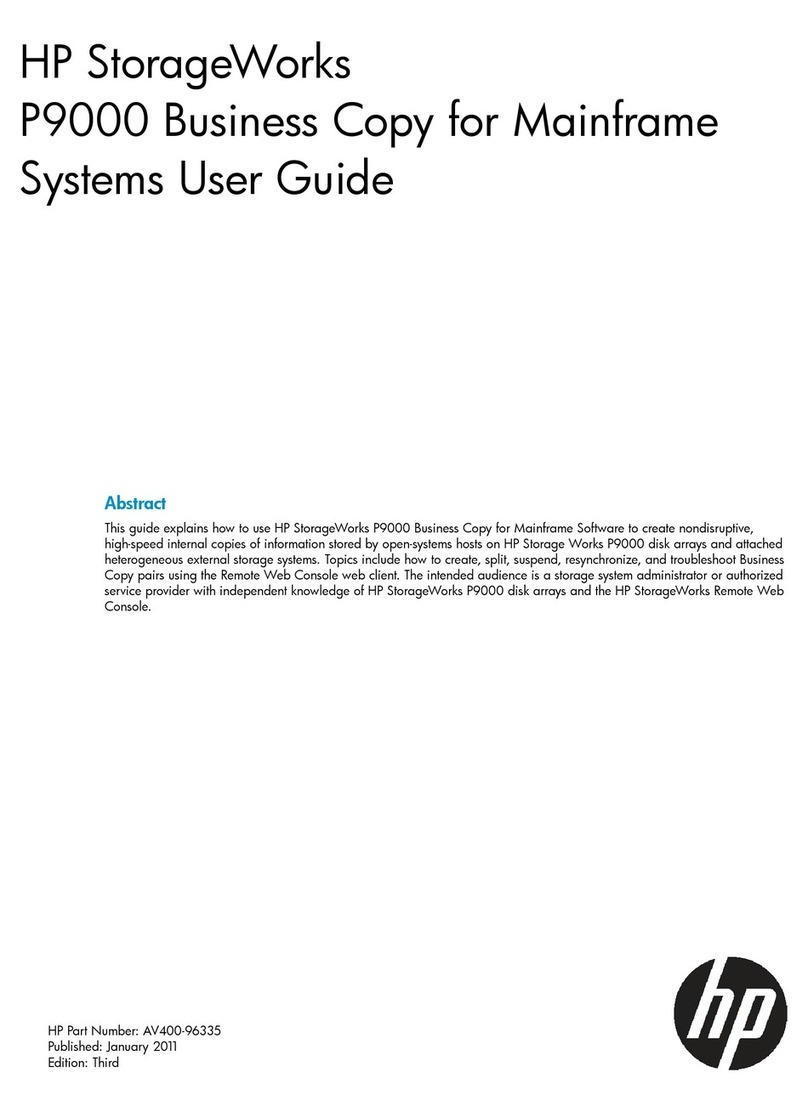
Third Edition, November 1994
The information in this document is subject to change without notice and should not be construed as a
commitment by Digital Equipment Corporation. Digital Equipment Corporation assumes no responsibility for
any errors that may appear in this document.
Restricted Rights: Use, duplication, or disclosure by the U.S. Government is subject to restrictions as set forth
in subparagraph (c) (1) (ii) of the Rights in Technical Data and Computer Software clause at DFARS
252.227-7013.
Digital Equipment Corporation does not give a warranty of any kind regarding the fitness or applicability of
the information content for a particular purpose. The user assumes all responsibility for understanding the
interrelationships of this enclosed information with other affected software or system products.
The disclosure of this information does not grant to the user a license under any patents, pending patents,
trademarks, or copyrights or other rights of Digital Equipment Corporation, or of any third party.
FCC Notice: This equipment has been tested and found to comply with the limits for a Class B digital device,
pursuant to Part 15 of the FCC rules. These limits are designed to provide reasonable protection against
harmful interference in a residential installation. Any changes or modifications made to this equipment may
void the user’s authority to operate this equipment. The shielded interconnect cable, as supplied with the unit,
may not be substituted, nor altered or modified, in any way.
FCC Notice: This equipment generates, uses, and may emit radio frequency energy. The equipment has been
type tested and found to comply with the limits for a Class A computing device pursuant to Subpart J of Part
15 of FCC Rules, which are designed to provide reasonable protection against such radio frequency
interference when operated in a commercial environment. Any changes or modifications made to this
equipment may void the user's authority to operate the equipment. Operation of this equipment in a residential
area may cause interference, in which case the user, at his own expense, may be required to take measures to
correct the interference. If this equipment does cause harmful interference to radio or television reception,
which can be determined by turning the equipment off and on, the user is encouraged to try to correct the
interference by one or more of the following measures:
• Reorient or relocate the receiving antenna.
• Increase the separation between the equipment and receiver.
• Connect the equipment into an outlet on a circuit different from that to which the receiver is connected.
• Consult your reseller or an experienced radio/TV technician for help.
Copyright © Digital Equipment Corporation 1994
All Rights Reserved
Printed in U. S. A
The following are trademarks of Digital Equipment Corporation:
Digital
StorageWorks
VMS
and the Digital Logo:
All other trademarks and registered trademarks used in this publication are the property of their respective
owners.
